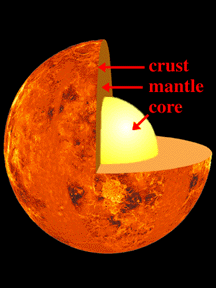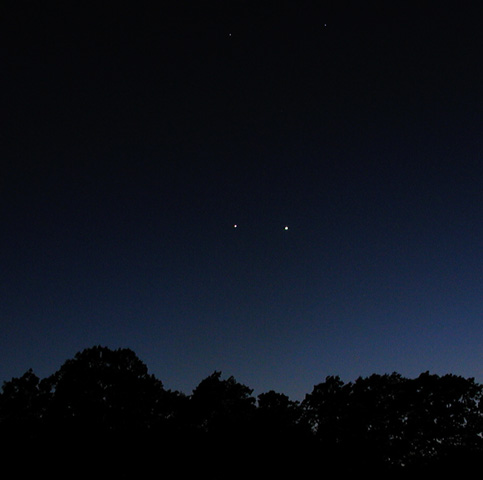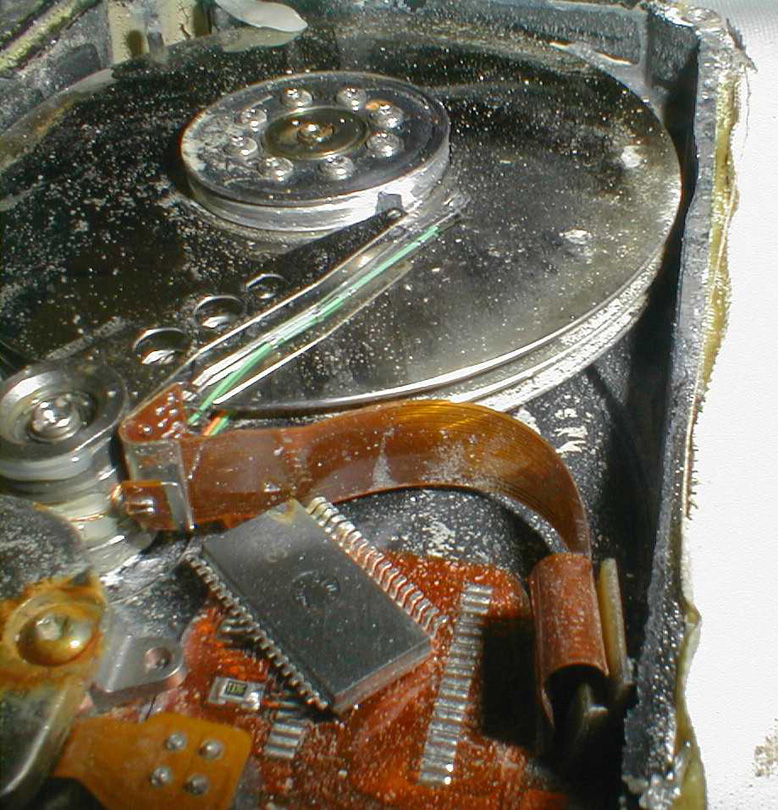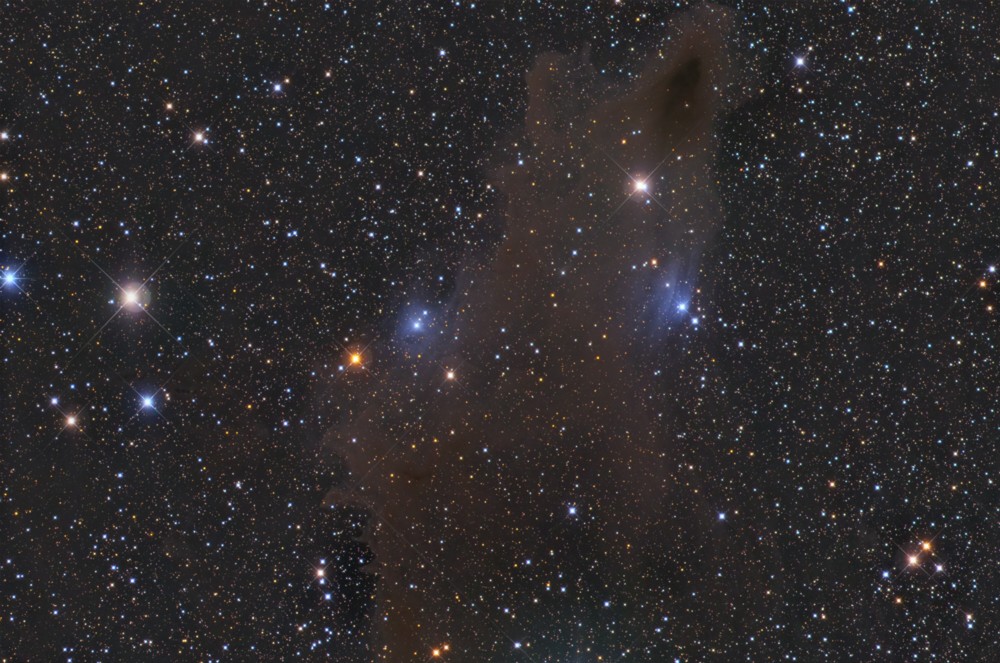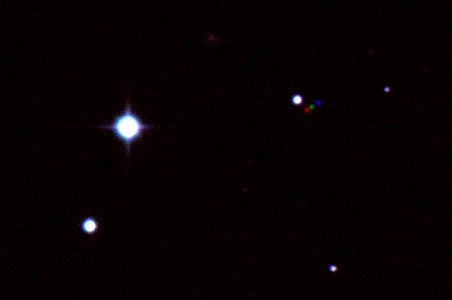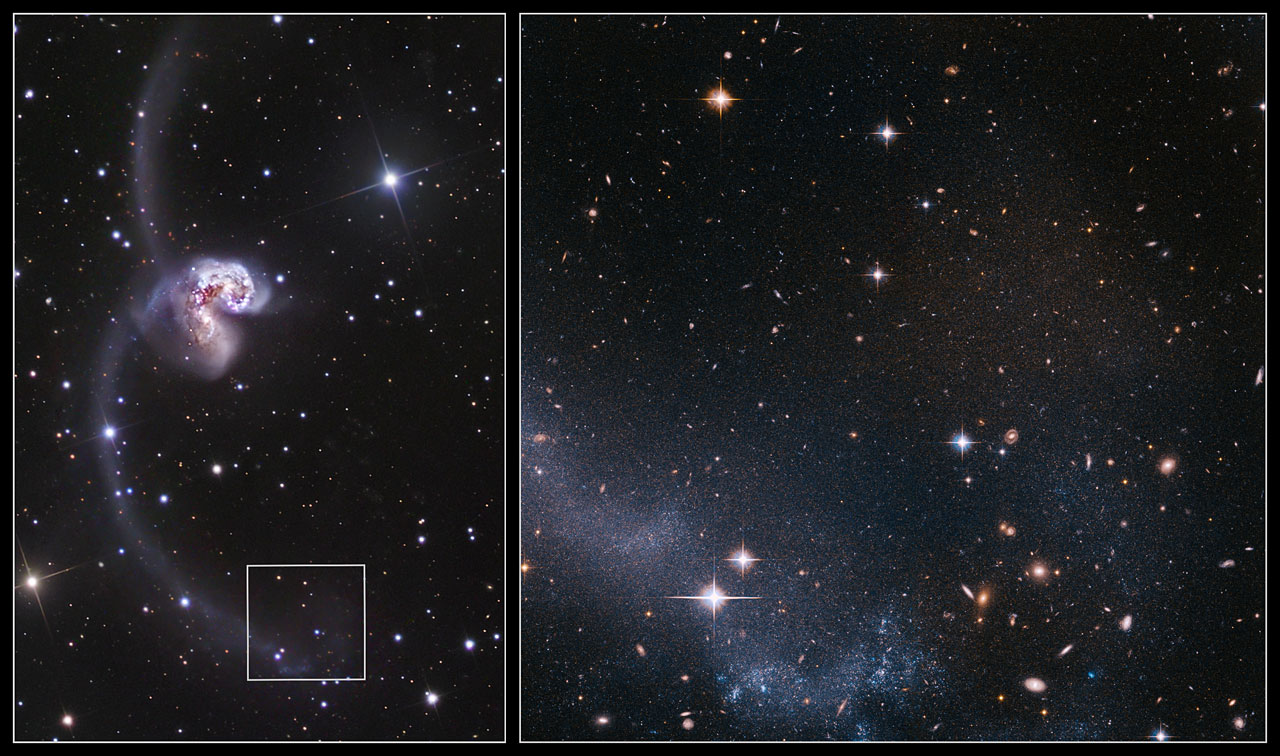Greetings, fellow SkyWatchers! Are you ready for a very incredible weekend? The action begins on Friday as we take you on a guided tour of the lunar surface. On Saturday, celebrate Astronomy Day with a very special unaided eye sky event and a return to the Moon. No rest for the wicked on Sunday… Because you’ll be seeing double! Time to get out your binoculars and telescopes and turn an eye to the sky, because…. Here’s what’s up!
Friday, May 9 – Today in 1962, the first Earth-based laser was aimed at crater Albategnius. Although it isn’t visible tonight, let’s take a look at what is visible just 1.5 light-seconds away! First is a Lunar Club challenge which won’t prove difficult because you’ll be working with a map. Relax! This will be much easier than you think. Starting at Mare Crisium, move along the terminator to the north following the chain of craters until you identify a featureless oval which looks similar to Plato seen on a curve. This is Endymion…and if you can’t spot it, don’t worry. Let’s take a look at some features which will point you to it!
Most prominent of all will be two craters to the north named Atlas and Hercules. The easternmost Atlas was named for the mythical figure who bore the weight of the world on his shoulders, and the crater spans 87 kilometers and contains a vivid Y-shaped rima in the interior basin. Western Hercules is considerably smaller at 69 kilometers in diameter, and shows a deep interior crater called G. Power up and look for the tiny E crater which marks the southern crater rim. North of both is another unusual feature which many observers miss. It is a much more eroded and far older crater which only shows a basic outline and is only known as Atlas E.
Since we’re here, let’s take a crater walk and see how many features we can identify… Good luck, and clear skies!
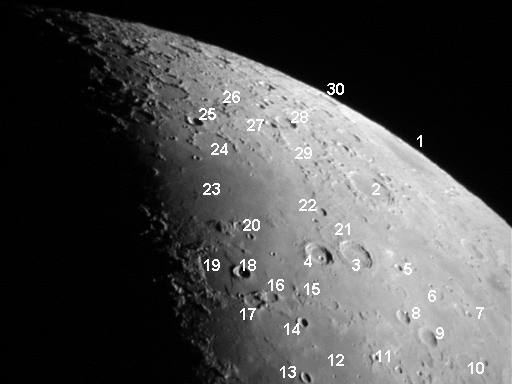
(1) Mare Humboldtianum, (2) Endymion, (3) Atlas, (4) Hercules, (5) Chevalier, (6) Shuckburgh, (7) Hooke, (8) Cepheus, (9) Franklin, (10) Berzelius, (11) Maury, (12) Lacus Somniorum, (13) Daniel, (14) Grove, (15) Williams, (16) Mason, (17) Plana, (18) Burg, (19) Lacus Mortis, (20) Baily, (21) Atlas E, (22) Keldysh, (23) Mare Frigoris, (24) Democritus, (25) Gartner, (26) Schwabe, (27) Thales, (28) Strabo, (29) de la Rue, (30) Hayn.
Saturday, May 10 – Today is Astronomy Day and something wonderful is happening in the sky! Somewhere out there, the Moon is silently occulting Mars, and the Red Planet will be hauntingly close to the limb as the skies darken… For observers through India and Europe, you have the chance to watch the occultation, so visit IOTA for specific times in your location!
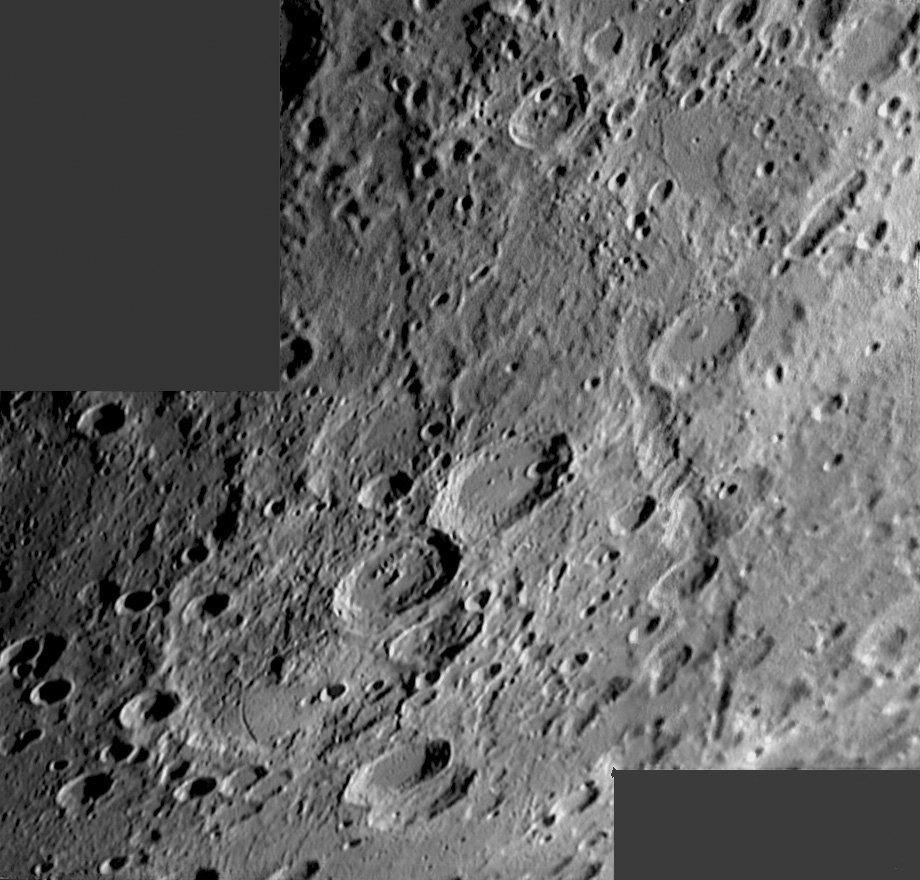
Tonight let’s journey to the Moon as we look at a beautiful series of craters – Fabricius, Metius and Rheita. Bordered on the south by shallow Jannsen, Lunar Club challenge Fabricius is a 78 kilometer diameter crater highlighted by two small interior mountain ranges. To its northeast is Metius, which is slightly larger with a diameter of 88 kilometers. Look carefully at the two. Metius has much steeper walls, while Fabricius shows differing levels and heights. Metius’ smooth floor also contains a very prominent B crater on the inside of its southeast crater wall. Further northeast is the lovely Rheita Valley which stretches almost 500 kilometers and appears more like a series of confluent craters than a fault line. 70 kilometer diameter crater Rheita is far younger than this formation because it intrudes upon it. Look for a bright point inside the crater which is its central peak.
Since tonight will be our last chance to galaxy hunt for a while when the Moon has westered, let’s take a look at one of the brightest members of the Virgo Cluster – M49. Located about eight degrees northwest of Delta Virginis almost directly between a pair of 6th magnitude stars (RA 12 29 46 Dec +07 59 59), the giant elliptical M49 holds the distinction of being the first galaxy in the Virgo cluster to be discovered – and only the second beyond our local group. At magnitude 8.5, this type E4 galaxy will appear as an evenly illuminated egg shape in almost all scopes, and as a faint patch in binoculars. While a possible supernova event occurred in 1969, don’t confuse the foreground star noted by Herschel with something new!
Although most telescopes won’t be able to pick this region apart – especially with the Moon so near – there are also many fainter companions near M49, including NGC 4470. But a sharp-eyed observer named Halton Arp noticed them and listed them as Peculiar Galaxy 134 – one with “fragments!”
Sunday, May 11 – Tonight no two lunar features in the north will be more prominent than Aristoteles and Eudoxus. Viewable even in small binoculars, let’s take a closer look at larger Aristoteles to the north.
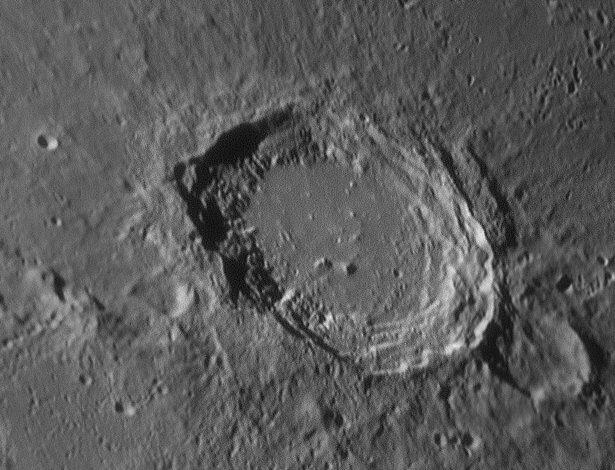
As a Class I crater, this ancient old beauty has some of the most massive walls of any lunar feature. Named for the great philosopher, it stretches across 87 kilometers of lunar landscape and drops below the average surface level to a depth of 366 meters – a distance which is similar to Earth’s tallest waterfall, the Silver Cord Cascade. While it has a few scattered interior peaks, the crater floor remains almost unscarred. As a telescopic Lunar Club challenge, be sure to look for a much older crater sitting on Aristoteles’ eastern edge. Tiny Mitchell is extremely shallow by comparison and only spans 30 kilometers. Look carefully at this formation, for although Aristoteles overlaps Mitchell, the smaller crater is actually part of the vast system of ridges which supports the larger one.
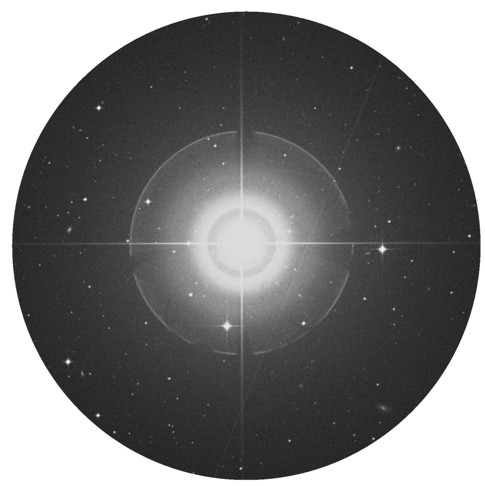 When you’re done, let’s have a look at another delightful pair that’s joined together – Gamma Virginis…
When you’re done, let’s have a look at another delightful pair that’s joined together – Gamma Virginis…
Better known as Porrima, this is one cool binary; whose members are nearly equal in spectral type and brightness. Discovered by Bradley and Pound in 1718, John Herschel was the first to predict this pair’s orbit in 1833 and state that one day they would become inseparable to all but the very largest of telescopes – and he was right. In 1920 the A and B stars had reached their maximum separation, but during 2007 they were as close together as they will ever be in our lifetimes. Observed as a single star in 1836 by William Herschel, its 171 year periastron now puts Porrima almost the same position as it was when Sir William saw it!
Have a great weekend… 😉
This week’s awesome images: Atlas Crater Map Image: Greg Konkel Annotations: Tammy Plotner – Fabricius, Metius and Rheita – Credit: Alan Chu – Aristoteles – Credit: Wes Higgins – Gamma Virginis: Porrima – Credit: Palomar Observatory, courtesy of Caltech. Thank you!!

